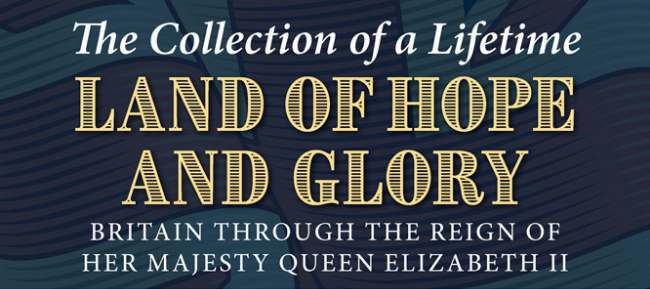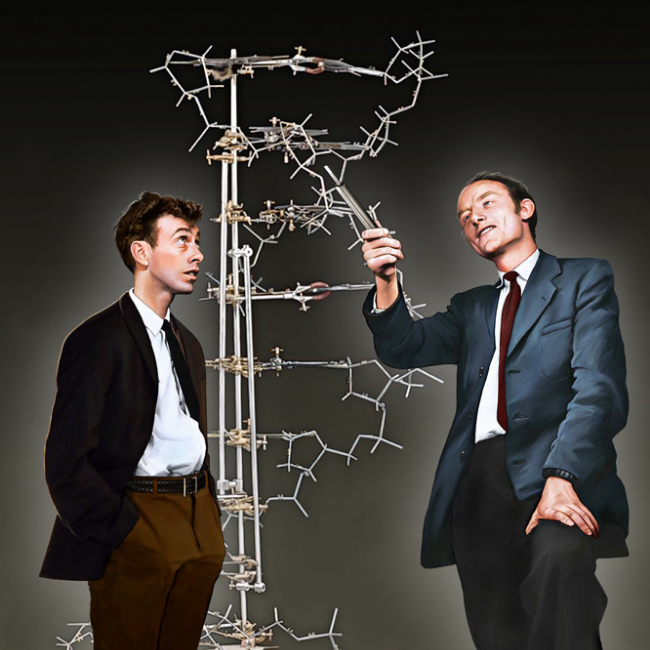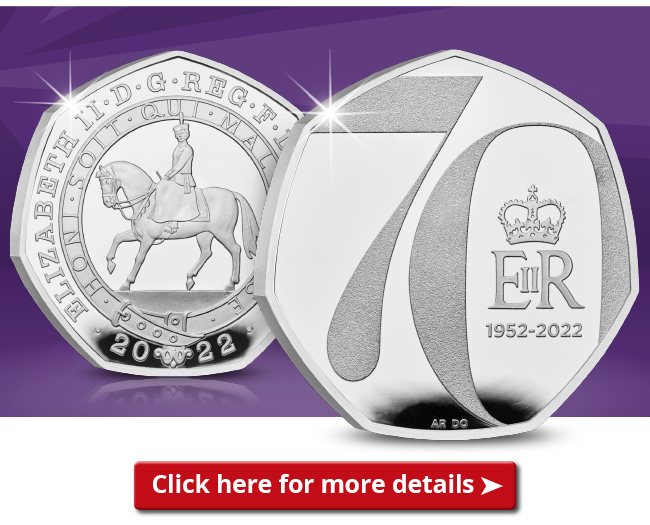British History
Britain through the reign of Her Majesty Queen Elizabeth II: Part 2

The Land of Hope and Glory Collection tells the story of Britain through the reign of Her Majesty Queen Elizabeth II. As Queen Elizabeth II’s Platinum Jubilee fast approaches, this blog series will revisit the historic moments during Her Majesty’s record-breaking reign that have helped define Great Britain. This week, let’s journey back to 1960s football, fashion and more.
Did you know that instant potato, the mash you buy pre-made at the supermarket, wasn’t a shop bought item until 1968? Angel Delight made its debut in 1967 and spreadable margarine wasn’t a thing before 1969!
Many do reminisce on the 60s as the time to be alive.
Swinging Sixties Fashion
In the early 60s, the emergence of supermodels like Twiggy and Jean Shrimpton redefined beauty and became true fashion icons. The latest clothing styles could be found in London Boutique shops. And whilst children began to practice with makeup on their dolls, teenagers discovered false eyelashes.
Inspiration came from the likes of the mods on scooters, skinheads, and hippies with their long flowing hairstyles.

Mary Quant, the queen of the miniskirt, had a boutique on Carnaby Street in London called Bazaar. She also released her own line of cosmetics in 1966. Many began to embrace their natural curves — new trends such as wearing trouser suits and miniskirts emerged.
England wins the FIFA World Cup
The TV audience in 1966 had to follow along the England match against Germany in black and white. However, for the first time they could see slow motion replays from the live match.
Multiple towns in England hosted games for the tournament, but the final was played at Wembley Stadium on the 30th July 1966.
Although the match didn’t get off to a good start and there were a few hiccups throughout, the team managed to bring home the first World Cup title for England.
Her Majesty the Queen and HRH Prince Philip were amongst the 93,000 spectators. The Queen then presented the trophy for the 1966 FIFA World Cup.
The shot by Geoff Hurst, which hit the crossbar and landed down near the goal line, was decided by the referee as a goal — which was highly contested at the time.
Years later, technology had advanced, and the ball was never over the line.
Beatlemania
The Beatles.
Need we say more?
Comprised of John Lennon, Paul McCartney, George Harrison and Ringo Starr, The Beatles were managed by Brian Epstein and signed by EMI on the Parlophone Label.
Did you know that they were originally turned down by Decca, the British record label?
Changing the pop music scene forever, Please Please Me was released January 12th 1963, and was an instant favourite among the public. They remained number 1 on the charts for 6 months with their first album, which was recorded in an entire 13-hour session.
First Flight of the Concorde
Concorde was the first successful civilian aeroplane to travel faster than the speed of sound.
Built jointly between Great Britain and France, it reduced the flight time between London and New York to roughly three hours.
Eventually flown worldwide, she first took to the skies on March 2nd 1969.
Sadly, in the end it was found the aeroplane had several problems such as noise and high expenses. However, it did unify the work of different countries, ensuring that Europe paved the way for aerospace development.
The Great Train Robbery
15 men and £2,600,000. What a heist that is.
Aided by two accomplices, these fifteen men managed to stop the Glasgow–London Royal Mail Train, steal over two and a half million pounds from the front two carriages, and transport the lot with their Land Rovers to a nearby hideaway, all without the staff in the remaining ten carriages even knowing a thing.
August 8th, 1963. The day they got lucky.
It was a bank holiday so the amount they stole was much larger than they had anticipated getting.
At their hideaway they noticed low flying RAF aircraft which they assumed were on the look-out for them. They in fact weren’t. But this spooked the robbers so much that they left and hired six thieves to burn the place down.
The poor job the thieves did left fingerprint marks on a Monopoly board and a ketchup bottle.
If you’re interested…
The Land of Hope and Glory Collection celebrates Britain through the reign of Her Majesty Queen Elizabeth II. And today, you can start the Collection of a Lifetime. Click here to secure the first Medal, featuring the Queen’s Coronation for FREE >>
If you haven’t read the first blog in the series, click here >>
Britain through the reign of Her Majesty Queen Elizabeth II: Part 1

The Land of Hope and Glory Collection tells the story of Britain through the reign of Her Majesty Queen Elizabeth II.
Over 85% of the population have only ever known Her Majesty Queen Elizabeth II as the monarch of the United Kingdom. And the Queen is so synonymous with Great Britain that it’s easy to forget that she wasn’t supposed to become queen at all…
The daughter of King George V’s second son, Princess Elizabeth of York, had little expectation of succeeding the throne until her uncle, King Edward VIII, abdicated in 1936.
As Queen Elizabeth II’s Platinum Jubilee fast approaches, this blog series will revisit the historic moments during Her Majesty’s record-breaking reign that have helped define Great Britain. Let me take you back to where it all began…
The Coronation of Queen Elizabeth II
Her Majesty Queen Elizabeth II acceded to the throne on 6th February 1952 upon the passing of her father, King George VI, at the age of 25. And on the 2nd June 1953, over 27 million people watched the official coronation at Westminster Abbey in London, which, for the first (and so far only) time, was fully televised.
This ground-breaking moment marked the official start of an even more ground-breaking reign…

The Mini is Unveiled
One of the world’s most recognisable cars, the first Mini was unveiled on the 26th August 1959. The British Motor Corporation developed the Mini out of Great Britain’s need for a more fuel-efficient car.
Originally marketed as both the Austin Seven and Morris Mini-Minor, the car became an instant success and the design’s front-wheel drive and transverse engine layout influenced a generation of car makers.
Perhaps you owned or own one of these infamous cars? Let us know in the comments!
The Unravelling of DNA
The 1950s saw some major developments in the unravelling of DNA by British scientists. Rosalind Franklin took “Photo 51”, a highly detailed image of the hydrated ‘B’ form of DNA on 6th May 1952.
This photograph would help James Watson and Francis Crick’s work, and on 28th February 1953, the pair proposed a double helix model for the structure of DNA.

Donald Campbell Breaks the Water Speed Record
The legendary Donald Campbell began his speed record attempts in the summer of 1949 using his father’s old boat, the Bluebird K4.
His father, Malcolm Campbell, had previously held the Water Speed Record and after Donald’s first attempts were unsuccessful, the Bluebird K4 was modified to make it a “prop-rider”.
On the 23rd July 1955, he broke the Water Speed Record with a speed of 202.32 mph! And as if that wasn’t enough, Donald Campbell would go on the break the Water Speed Record on six different occasions before going for “the double” and breaking the Land Speed Record in 1964!
Mount Everest is Conquered
On 29th May 1953, Edmund Hillary and Sherpa Tenzing Norgay became the first explorers to reach the summit of Mount Everest, which standing at 29,035 feet above sea level is the highest point on earth.
News of the conquest of Mount Everest did not reach the outside world until 2nd June 1953, the eve of the Queen’s coronation and Britons hailed it as a good omen for the future of the country.

If you’re interested…
The Land of Hope and Glory Collection celebrates Britain through the reign of Her Majesty Queen Elizabeth II. And today, you can start the Collection of a Lifetime. Click here to secure the Coronation Medal for FREE >>
Could this be the most sought-after 50p ever?
The UK’s FIRST EVER Royal 50p has just been released to commemorate the Queen’s Platinum Jubilee.
But if that’s not enough, this UK FIRST features new designs on BOTH the reverse and obverse!
And in my latest video I explain why it’s set to become one of the most sought-after 50p coins EVER…
If you’re interested…



